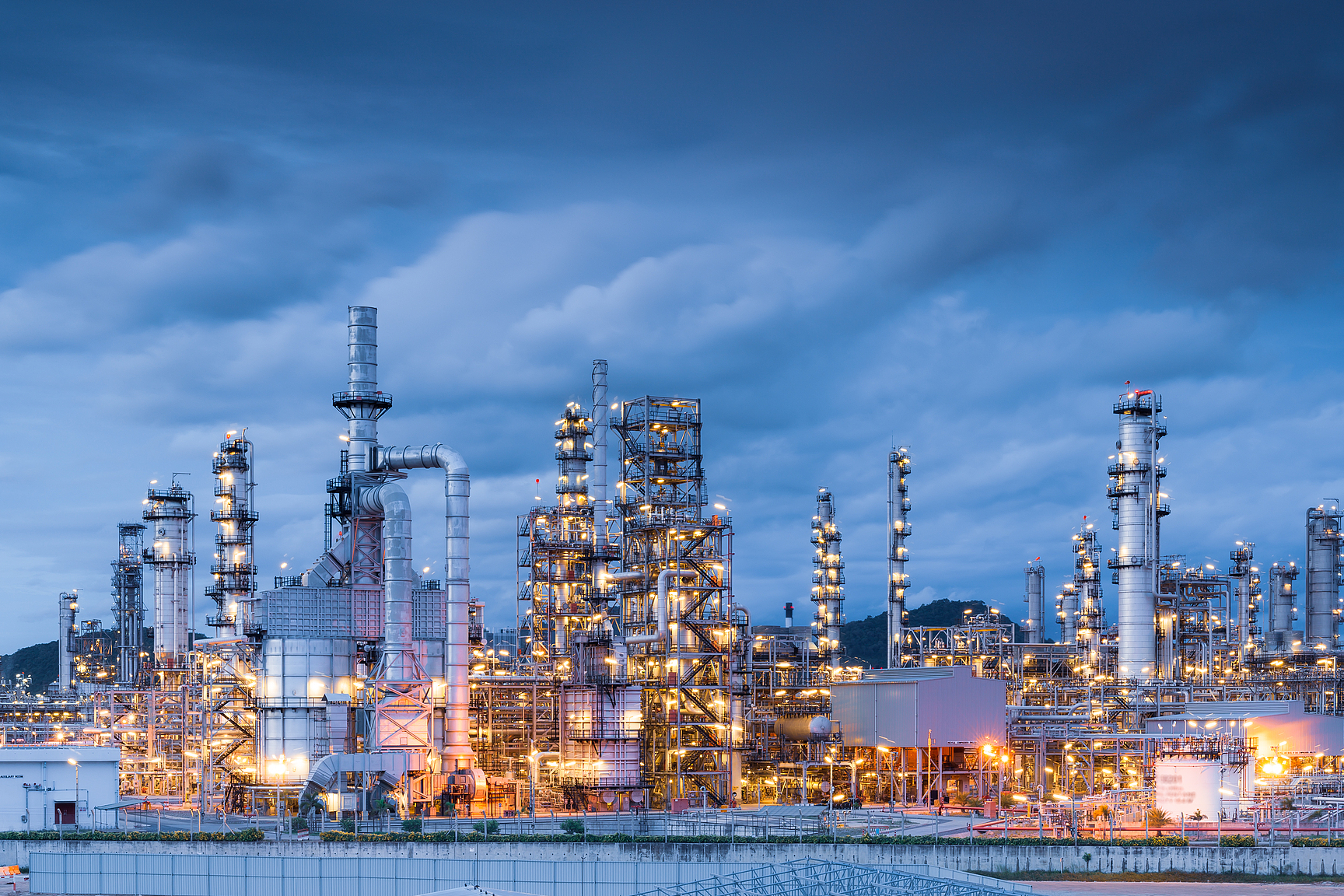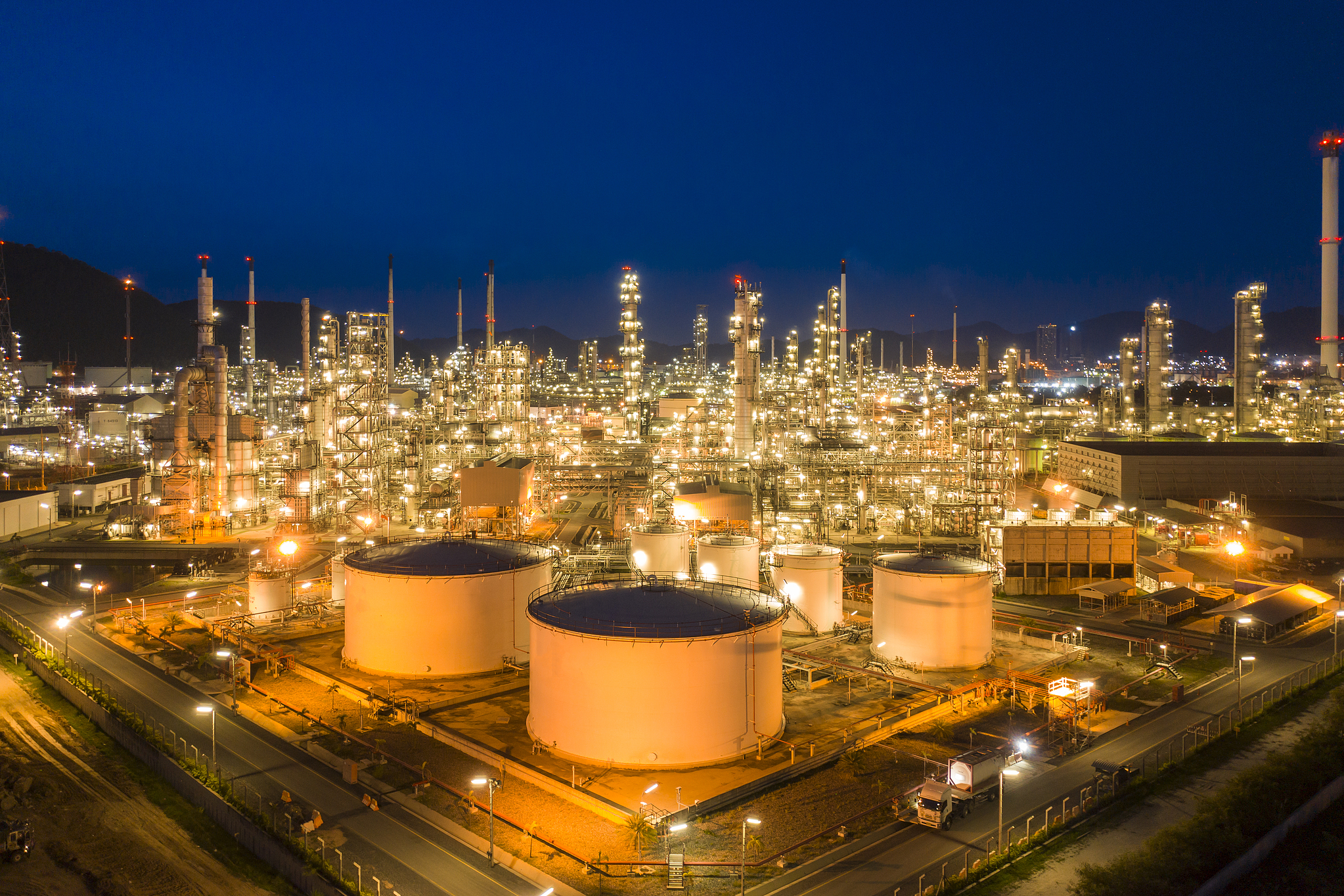











VOC stands for Volatile Organic Compounds, which are basically chemicals that turn into vapors pretty easily at normal temperatures. These substances end up polluting our environment quite a bit and can actually be harmful to people's health too. The adhesive business has always depended heavily on solvents, so they're hit especially hard when there's all this talk about cutting down VOC emissions. Regulatory bodies around the world keep making stricter rules about how much VOCs companies can release into the atmosphere. Take a look at what's happening lately - many new regulations now require adhesives to contain far less VOC content than before. This means manufacturers need to go back to the drawing board and come up with different formulas if they want to stay compliant while still producing effective products.
Manufacturers who produce adhesives have to deal with strict compliance rules and could get hit with hefty fines if they don't follow them. Changing product formulas to cut down on VOCs isn't only about staying legal either. Companies risk losing money and damaging their reputation when they ignore these changes. Regulatory groups are pushing hard for major reductions in emissions. Take a look at what some government agencies are doing right now – they want to slash VOC emissions by 30 percent over the next five years. That means businesses across the board need to start looking at safer options like ethyl acrylate replacements and other new technologies. With all these regulations coming down, finding materials that emit less pollution has become essential business practice rather than optional extra.
Sustainability is really starting to influence how people buy stuff in construction and packaging these days. More businesses care about going green, so there's been quite a surge in demand for materials that don't harm the planet as much. Take builders and manufacturers for example they're looking at everything from their supply chains to see what can be made better. Some are switching to adhesives that leave smaller carbon footprints than traditional options. And it's not just companies either regular customers want products that match these green values too. This consumer interest has definitely pushed the market toward more environmentally friendly choices across the board.
Recent data shows sustainability is becoming more common than ever before, with around 60 percent of shoppers ready to spend extra bucks on green products. Businesses have taken notice and started changing how they operate to keep up with customer preferences. Take adhesives makers for instance who are now looking at plant based alternatives that work just as well while being easier on the planet. Green initiatives across industries seem set to boost demand for eco materials going forward according to various market reports which point toward continued growth in this area. Beyond helping Mother Earth though, embracing sustainability helps businesses stay relevant in today's marketplace where customers increasingly value corporate responsibility alongside product quality.
Looking at low VOC alternatives to ethyl acrylate in adhesives, Butyl Acrylate has really taken off in recent years. Market data from 2023 shows it holds about 42.3% of the market share, which is pretty substantial. Why? Well, this stuff offers some great qualities that manufacturers love. It's super flexible, sticks well to surfaces, and holds up against all sorts of weather conditions too. These characteristics explain why so many industries keep turning to it for their needs. The construction sector especially drives demand for Butyl Acrylate, along with consumer goods manufacturing where companies need to meet those strict low VOC standards. According to reports from SNS Insider, big names like LyondellBasell are increasing production to keep pace with what seems to be growing demand. And let's face it, when something works well in actual applications across different markets, businesses tend to stick with it. That practical performance track record helps maintain Butyl Acrylate's strong position in today's competitive adhesive landscape.
MMA (methyl methacrylate) has become a go-to option compared to ethyl acrylate thanks to better durability and broader industrial applications. What makes MMA so attractive? Its strong adhesion properties and ability to withstand harsh weather conditions stand out. These qualities are why manufacturers turn to it for things like car body paints and building sealants where materials need to last through tough conditions. When put side by side with ethyl acrylate, MMA simply holds up longer and performs better over time, which means products made with it tend to last longer before needing replacement. Factory workers across various sectors report seeing these benefits firsthand in their daily operations, with many noting significant improvements in how well finished goods hold up against moisture, UV exposure, and temperature extremes.
The latest tech breakthroughs are pushing forward the creation of bio-based acrylates among top chemical companies, offering greener options compared to old-school petrochemical methods. Take BASF for instance they rolled out their own line of bio-based acrylates specifically for making adhesives back in 2024. This move cut down on carbon footprints significantly while also giving a boost to what's happening in the industry right now. What makes these new materials so attractive? Well, they cut greenhouse gases substantially and break down much easier in nature too something consumers care about more than ever before. We've seen this trend play out across different sectors already. The automotive industry has started incorporating them into car parts, while packaging companies are using them for food containers. All these developments point toward an industry slowly but surely moving away from traditional chemicals toward something better for our planet.
Acrylic acid plays a key role in developing water based adhesives thanks to how it behaves when formulated. These particular formulas deliver better results compared to traditional options, showing stronger bonding capabilities and quicker drying times that work well in everything from box manufacturing to fabric treatments. With companies increasingly focused on green initiatives, there's growing interest in water based alternatives because they leave behind fewer harmful residues. We're seeing this shift reflected in market movements as businesses adopt these products not just for compliance reasons but also because they actually perform better under today's strict environmental regulations. Many manufacturers now consider water based acrylic solutions essential components of their sustainability strategies.
Low VOC acrylate adhesives stick better and handle moisture much better than most competitors, which is why they're becoming increasingly popular across various industries. Manufacturers design them specifically for strong bonds that hold up against all sorts of challenges that regular glues just can't manage. Testing shows these products really stand out when it comes to fighting off water damage something that plagues many standard adhesive solutions. Take warehouses or coastal areas where humidity levels run high, the acrylates keep holding firm without losing grip, so products last longer without falling apart. This kind of protection from moisture doesn't just make things work better right away it actually stops materials from breaking down gradually over months and years, which makes sense for anyone looking at long term durability requirements.
Low VOC acrylate adhesives really shine when it comes to handling UV radiation. Testing has shown time and again that these materials resist breaking down under sunlight exposure, which makes them great choices for projects where they'll face tough outdoor conditions. Contractors working on buildings or installing equipment outside have found that these adhesives keep holding strong even after months of sun beating down on them. Industry professionals back up what we see in practice too many field reports confirm that the strength stays intact through all sorts of weather extremes. For manufacturers looking at long term product reliability, this resistance to UV damage means their creations last longer without needing replacement or repair.
The fast curing time of low VOC adhesives has really transformed what manufacturers can achieve on factory floors, making operations run much smoother day to day. These adhesives bond quickly while still maintaining solid strength, something many older products simply couldn't match. Factory managers report seeing tangible improvements when switching to these newer formulas. Take automotive assembly plants for instance where every minute counts on the production line. Electronics manufacturers also find themselves gaining ground against competitors who stick with traditional glues that take forever to set properly. Real world feedback from plant supervisors shows these adhesives cut down waiting periods between stages, allowing workers to move materials through the facility faster. Some companies even mention being able to add extra shifts without investing in new equipment thanks to how efficiently these products work in practice.
Building and construction remains at the forefront of the acrylate market with around 32.4% market share, firmly establishing itself as king of adhesive applications in this field. Why? Well, look at the numbers showing just how much acrylates get used because they stick better and last longer than many alternatives, something that matters a lot when putting together buildings and infrastructure. Environmental concerns are pushing things forward too. More companies want greener options these days, so there's been a real push toward low-VOC materials across the board. Take the recent U.S. Infrastructure Investment and Jobs Act for example. This legislation actually includes several major projects where contractors successfully implemented low-VOC technologies on site, proving that going green doesn't have to sacrifice quality or performance in construction work.
The packaging industry has seen some pretty impressive growth lately in pressure-sensitive solutions that use low-VOC adhesives. These products work across many different areas, everything from everyday consumer items right up to heavy duty industrial packaging. Why? Well, people care more about the environment now, and businesses want greener options too. Looking at recent market trends shows demand going up steadily as manufacturers switch away from traditional adhesives. They need to comply with stricter regulations but also respond to customers who prefer sustainable products. Several major players in the food packaging space have already made the move to these eco-friendly alternatives, which explains why pressure-sensitive solutions are grabbing bigger chunks of the market share month after month.
The automotive sector needs adhesives that stand up to extreme conditions like heat exposure and constant vibration from engine movement. Low-VOC options have proven themselves as reliable choices for bonding components under such demanding circumstances. Car makers across North America and Europe are now making the switch to these environmentally friendly alternatives because they want to cut down on volatile organic compound emissions without compromising vehicle quality. Real world tests show these adhesives hold up remarkably well over time, resisting wear and tear even after thousands of miles on the road. With stricter environmental regulations coming into effect next year, many plant managers report that low-VOC formulations are already part of their standard production line setup, helping them meet both performance requirements and green manufacturing goals simultaneously.
Bio-derived acrylates have become a hot topic in recent patent filings, pointing toward some real changes coming to this industry. Looking at the numbers from just the last three or four years shows a sharp rise in patents focused on these materials, suggesting companies are really ramping up efforts around sustainable alternatives. Big names in the space aren't sitting back either. They're investing heavily in creating products from biological sources because they see the long term value here. The environmental benefits are obvious, but what's interesting is how these developments are actually opening doors to completely different kinds of products that meet modern green standards without sacrificing performance.
The construction industry is seeing big changes thanks to new energy efficient materials, especially those containing low VOC acrylates. Market research suggests this sector will grow substantially over coming years as climate issues become more pressing for developers and homeowners alike. These innovations cut down on carbon emissions without compromising strength or performance of buildings. Real world examples show impressive results too. One commercial project in Chicago saw monthly electricity bills drop by nearly 30% after switching to these advanced materials. Such improvements offer double advantages environmentally and financially, making them increasingly attractive options for modern construction.
More and more manufacturers in the acrylate sector are starting to apply circular economy concepts to their operations, which helps create greener production methods. What does this actually mean? Well, it involves things like improving how efficiently they use raw materials and finding ways to cut down on waste generation. Some major players in the market have already begun implementing closed-loop systems where leftover materials get recycled back into new products rather than ending up in landfills. Looking ahead, these kinds of changes will likely transform how acrylates are produced across the board. The industry needs to find better ways to manage resources if it wants to stay competitive while meeting stricter environmental regulations. We're seeing some interesting developments lately as traditional linear models give way to more sustainable alternatives that make business sense as well as environmental sense.
 Hot News
Hot News2025-07-25
2025-06-16
2025-04-07
2025-04-07
2025-04-07
2025-12-03

